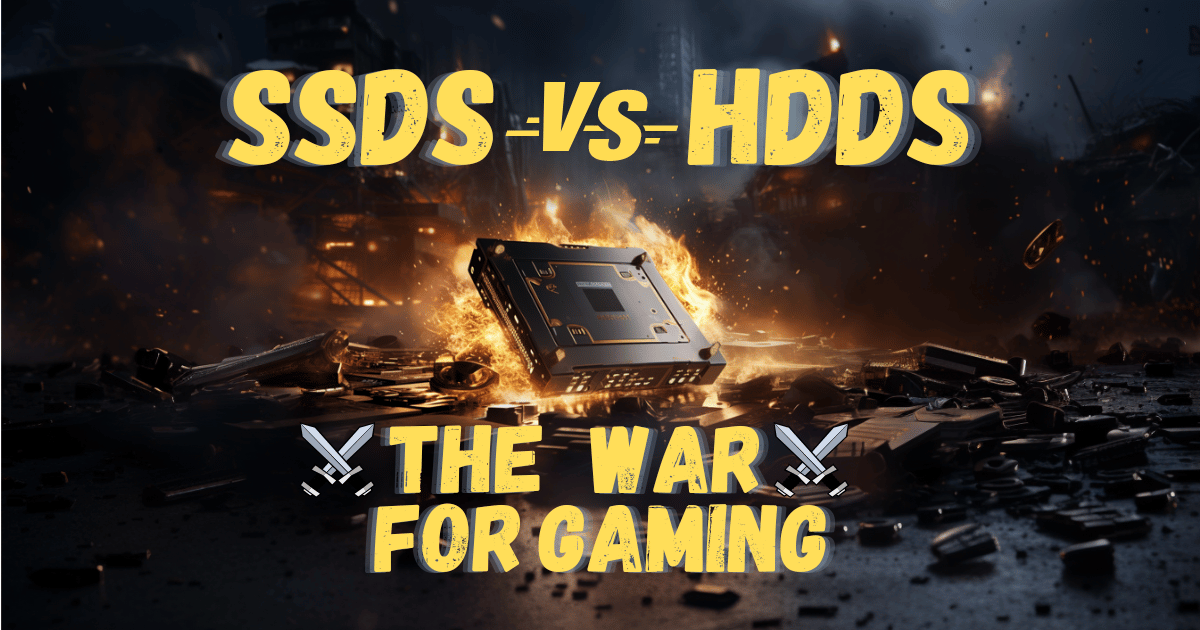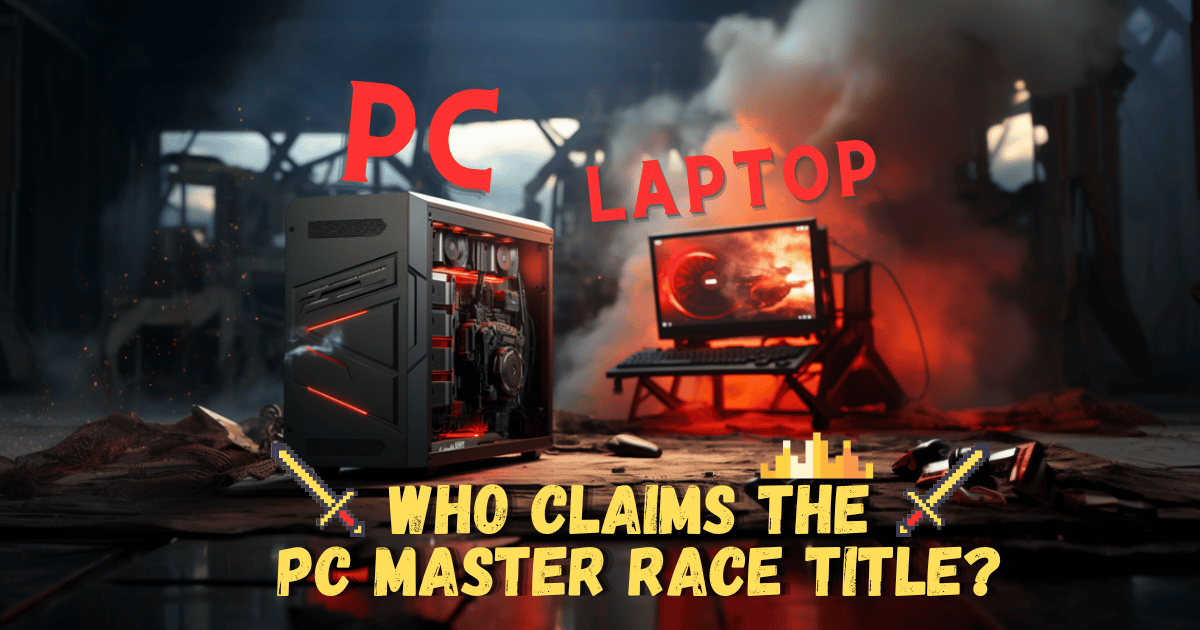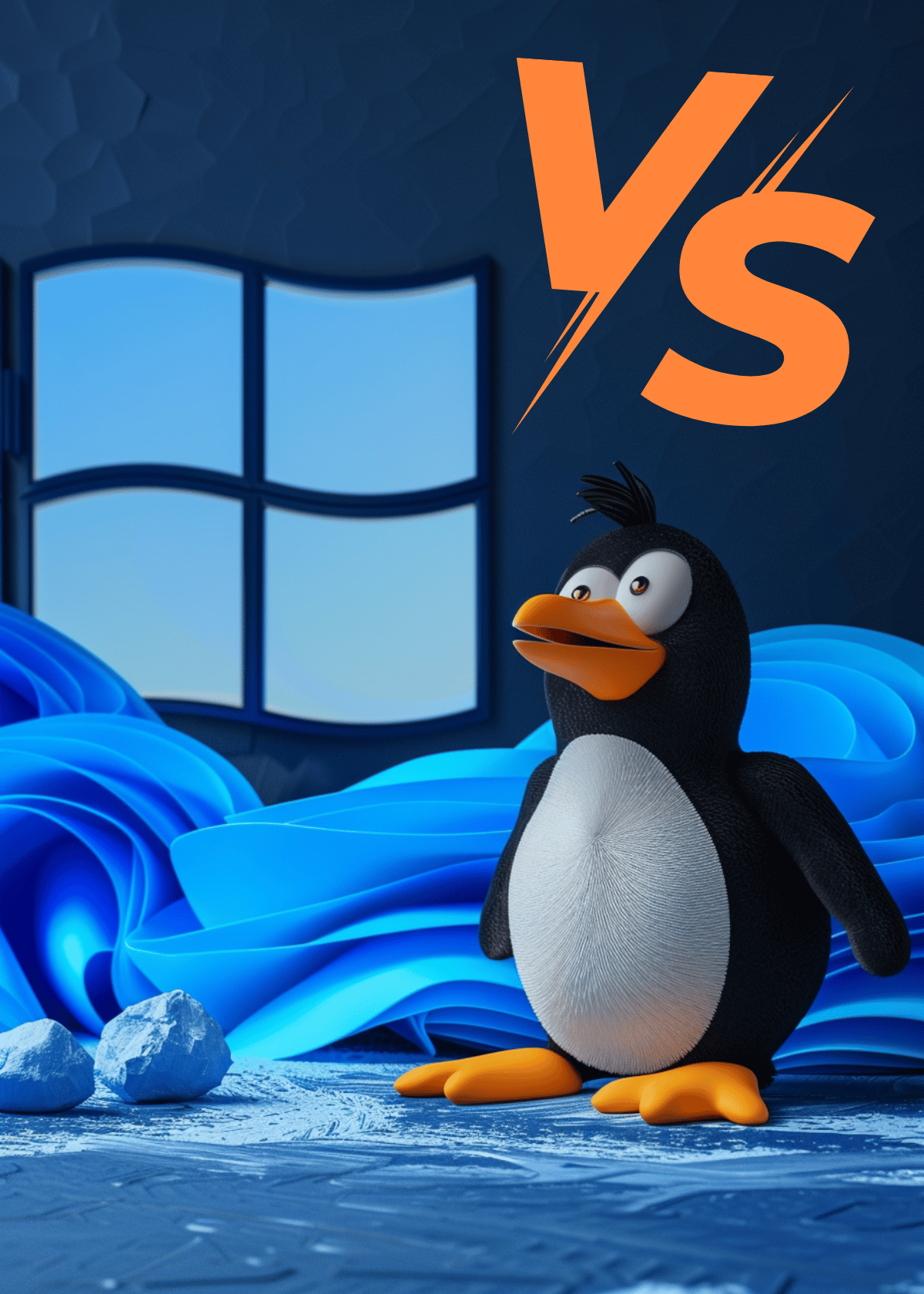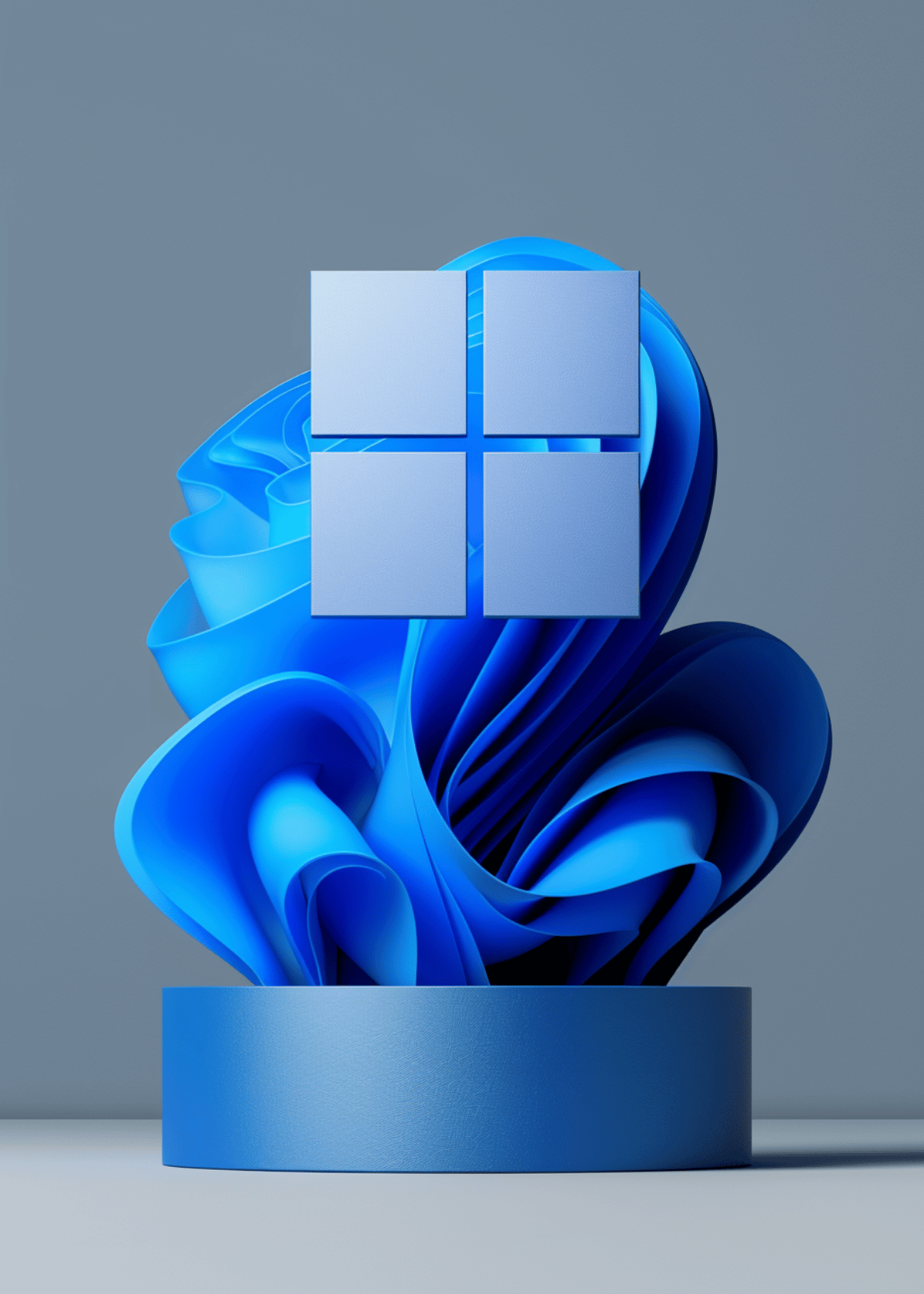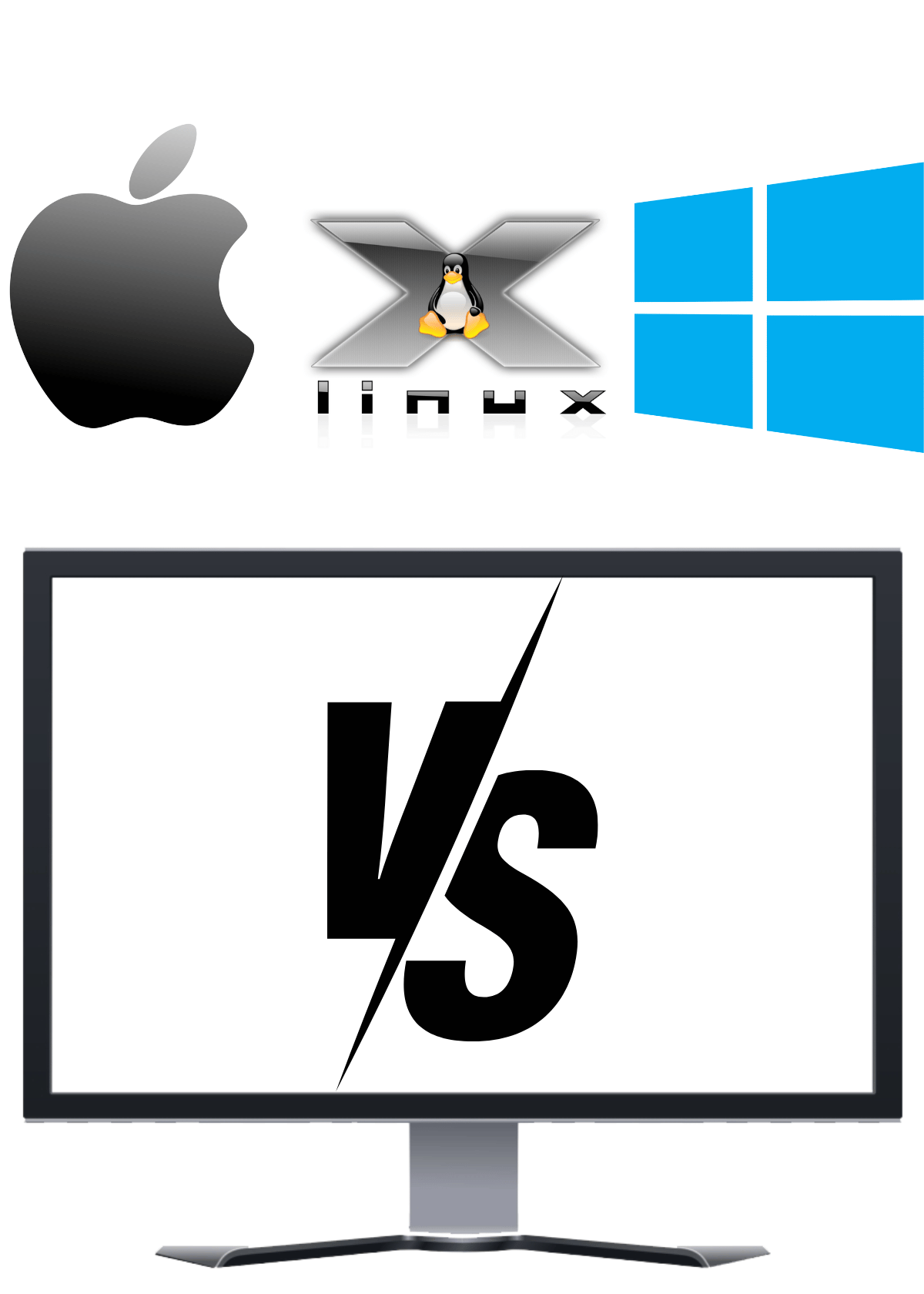The Best Low Profile Graphics Card To Bring Full Power At Half The Size! 🤏
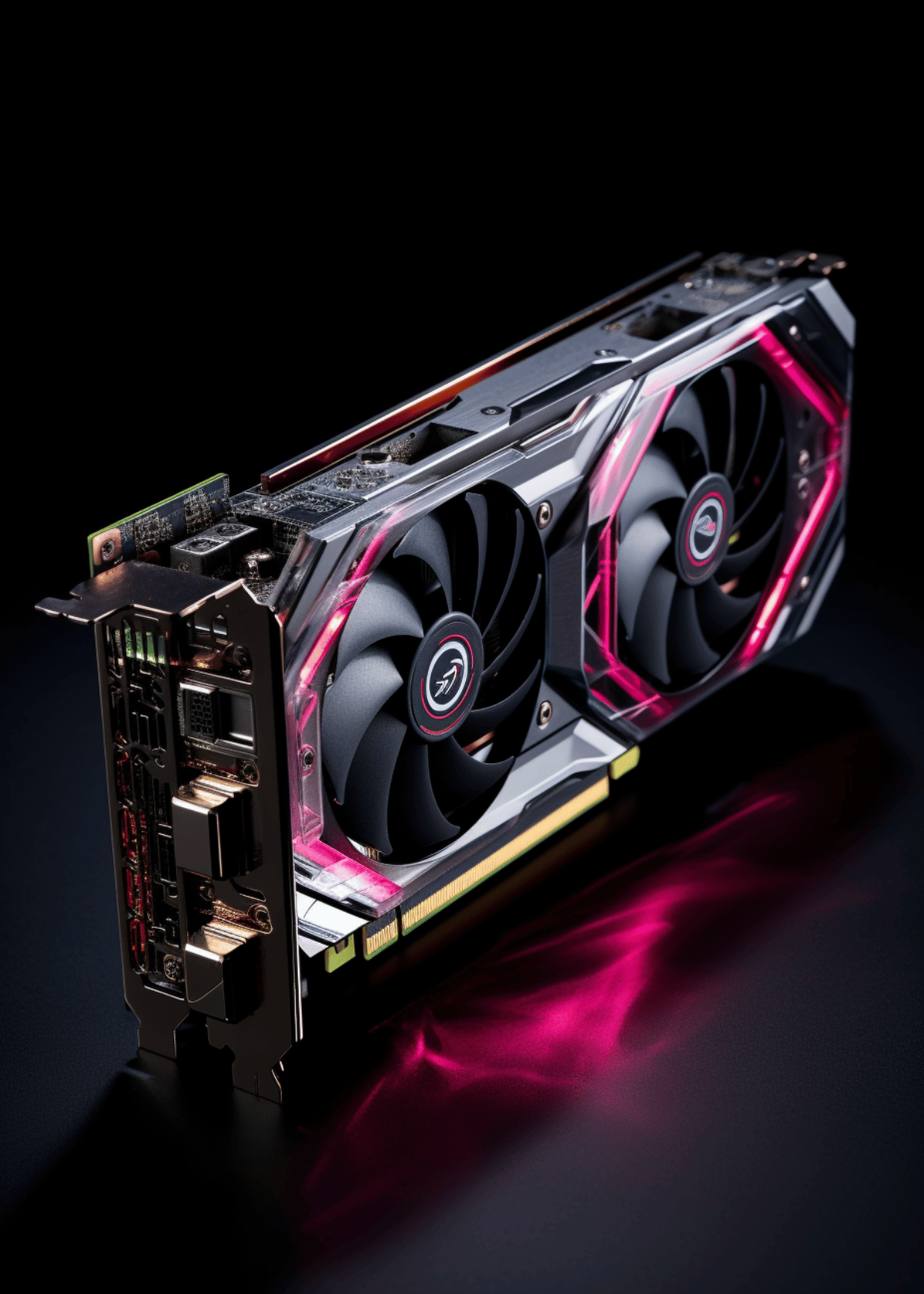
In various scenarios, opting for a small and compact computer proves to be advantageous. These compact systems are ideal for space-constrained offices, serving as Home Theater PCs (HTPCs), or any situation that doesn't demand a high-performance computer.
These graphics cards offer the following key features:
While these features hold significant importance, there is still a wealth of knowledge to acquire before purchasing a GPU. Therefore, the best low-profile graphics cards listed below encompass their unique features and options. When combined with the detailed "Buying Guide" provided, you will have the necessary information to confidently select the best low-profile graphics card for your needs.
While comprehending the aforementioned features is vital, it is important to take into account additional factors before finalizing a GPU purchase. The following list of top-tier low-profile graphics cards provides a comprehensive overview of their noteworthy features and options. By utilizing the accompanying detailed "Buying Guide," you will be equipped to confidently select the ideal low-profile graphics card that aligns with your requirements and preferences.
As you delve further into this information, you'll acquire valuable insights to aid you in making a knowledgeable and informed choice.
Best Low Profile Graphics Cards
Best Low Profile Graphics Cards: Reviews
1. Gigabyte GeForce GTX 1650 Super OC 4G Graphics Card
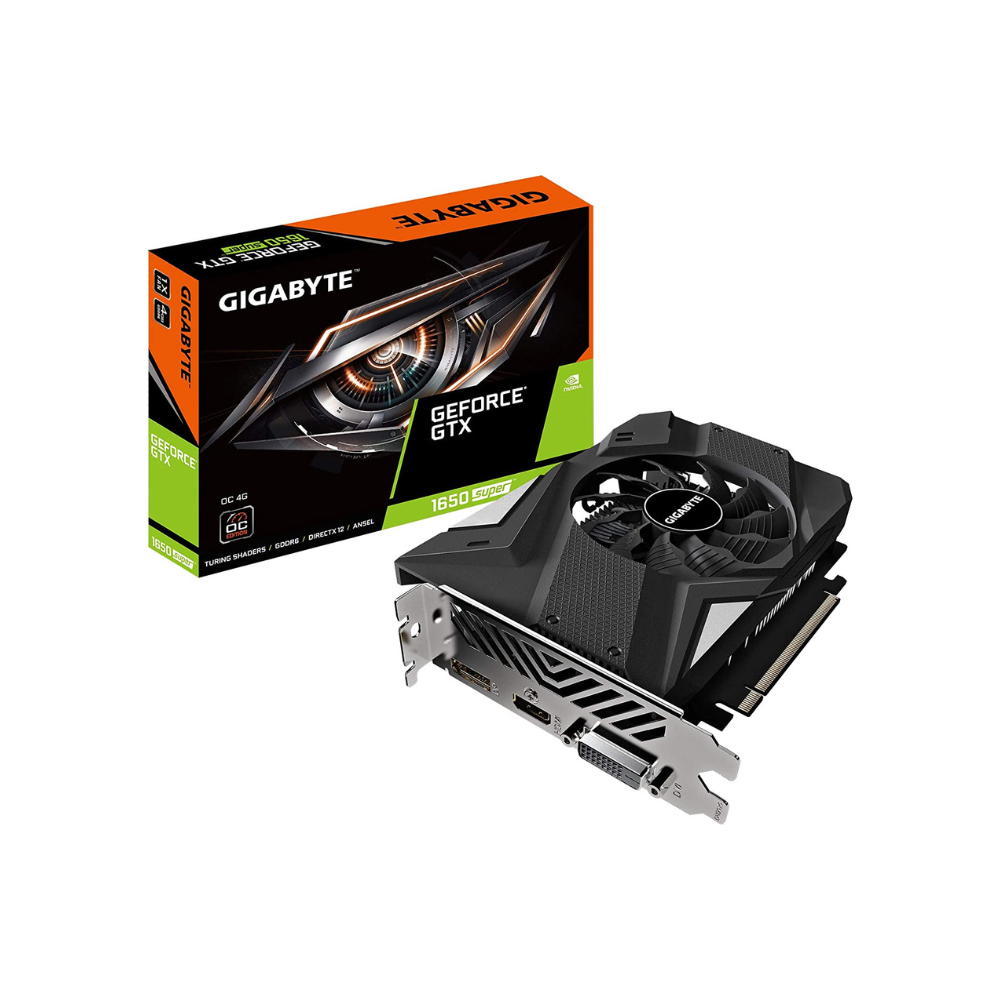
Gigabyte GeForce GTX 1650 Super OC 4G Graphics Card
90mm Fan, 4GB 128-Bit GDDR6, Gv-N165SOC-4GD Video Card
Gigabyte is renowned for delivering high-end graphics cards that offer exceptional performance, and this reputation extends to its low-profile GPU models as well.
If you desire to play modern PC games with a low-profile graphics card, the Gigabyte GeForce GTX 1650 Super OC is an excellent choice. This Gigabyte GPU boasts an impressive 1280 CUDA cores, surpassing most others in its class. As a super OC or overclock edition GPU, it provides a remarkable base clock speed of 1410 MHz and an equally impressive boost clock speed of 1740 MHz.
To ensure smooth and responsive gaming performance, Gigabyte has equipped this graphics card with 4 GB of GDDR6 VRAM, clocked at 12000 MHz for optimal performance.
One consideration is that this 2x slot GPU is slightly larger in size and consumes 75 watts of power via its 6-pin power connector. However, the larger form factor enables the inclusion of DVI-D, VGA, and HDMI ports on the back. Additionally, due to its high-performance nature, the GPU comes with a 3-year warranty.
. Utilizes PCI Express 3.0 Bus interface
. Features 1280 CUDA cores for powerful performance
. Equipped with 4 GB GDDR6 VRAM for fast and efficient memory
. Operates at a base clock speed of 1410 MHz and boost clock speed of 1740 MHz.
. Consumes 75 watts of power through a 6-pin power connector
. Utilizes a single fan design for cooling
. Occupies a 2x slot in your system
. Provides connectivity options including 1 x VGA, 1 x DVI-D, and 1 x HDMI ports
. 3-year warranty included
. Modern GDDR6 VRAM for improved graphics performance and smoother gameplay.
. Excellent choice for playing modern PC games, providing the necessary power and capabilities.
. Multiple video output ports (VGA, DVI-D, HDMI) offer versatility in connecting to different displays.
. 3-year warranty included
CONS
. Slightly higher power consumption of 75 watts, which may require consideration for power supply requirements and energy efficiency.
2. EVGA GT 710 1GB DDR3 Graphics Card
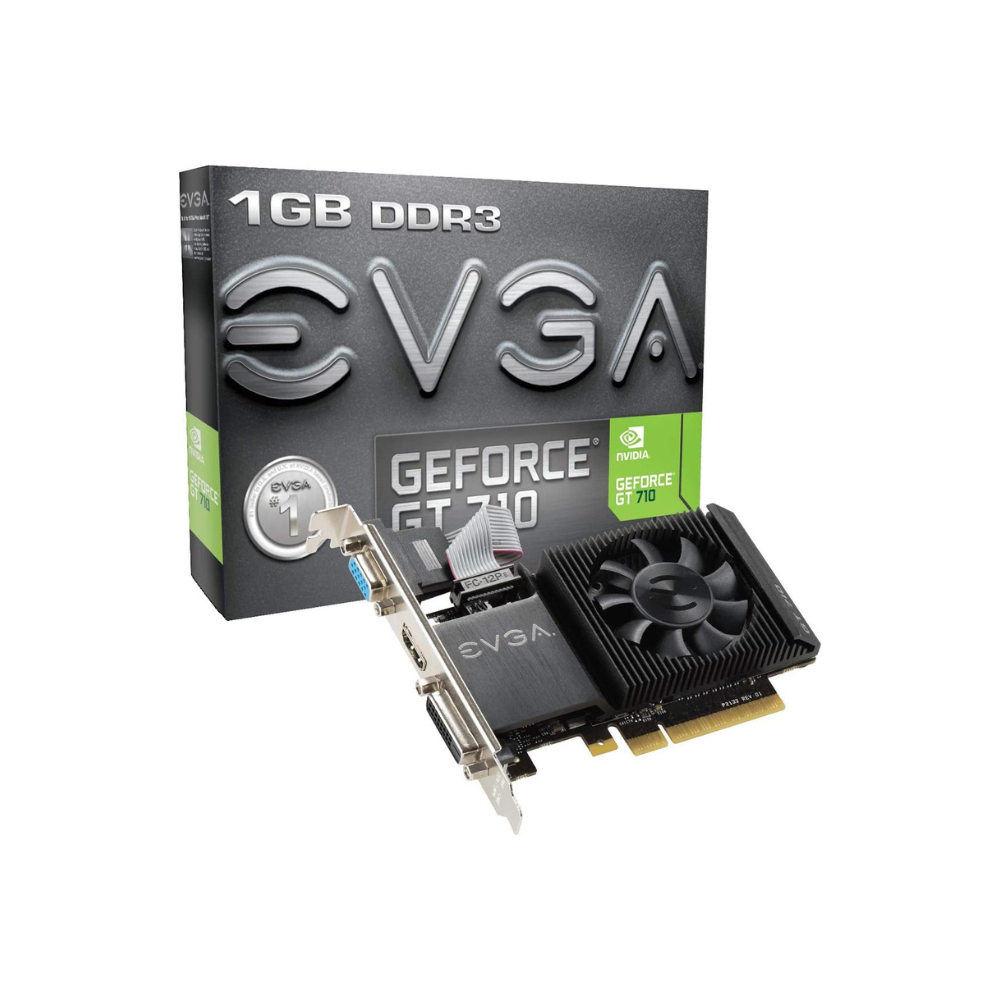
EVGA GT 710 1GB DDR3 Graphics Card
64bit Single Slot, Low Profile 01G-P3-2711-KR
EVGA also provides entry-level graphics cards that offer excellent value for money, similar to the MSI and Zotac models mentioned earlier in this list. The EVGA GeForce GT 710 low-profile graphics card is an affordable option worth considering. It features a total of 192 CUDA cores, making it suitable for basic video output.
Running at a base clock speed of 954 MHz and equipped with 1 GB of DDR3 VRAM rated at 1800 MHz, this GPU is not intended for gaming purposes but serves well for video output requirements. Despite its budget-friendly nature, this graphics card comes with an integrated fan, ensuring efficient cooling and preventing overheating issues.
Since the primary focus of this graphics card is video output, EVGA has included VGA, DVI-D, and HDMI ports on the back, providing various connectivity options. Additionally, similar to higher-end offerings, this entry-level EVGA GPU comes with a 3-year warranty, adding to its appeal.
. Utilizes PCI Express 2.0 Bus interface
. Features 192 CUDA cores for basic graphics processing capabilities
. Equipped with 1 GB of DDR3 VRAM
. Operates at a base clock speed of 954 MHz
. Consumes 25 watts of power, ensuring energy efficiency
. Utilizes a single fan design for cooling
. Occupies a single slot in your system
. Provides connectivity options including 1 x VGA, 1 x DVI-D, and 1 x HDMI ports
. 3-year warranty included
. Excellent cooling performance thanks to the inbuilt fan.
. The viable choice for an entry-level low-profile GPU.
. Ideal for basic video output requirements.
CONS
. Not a fanless design, which may result in some noise during operation.
3. VisionTek Radeon 7750 2GB GDDR5 Graphics Card
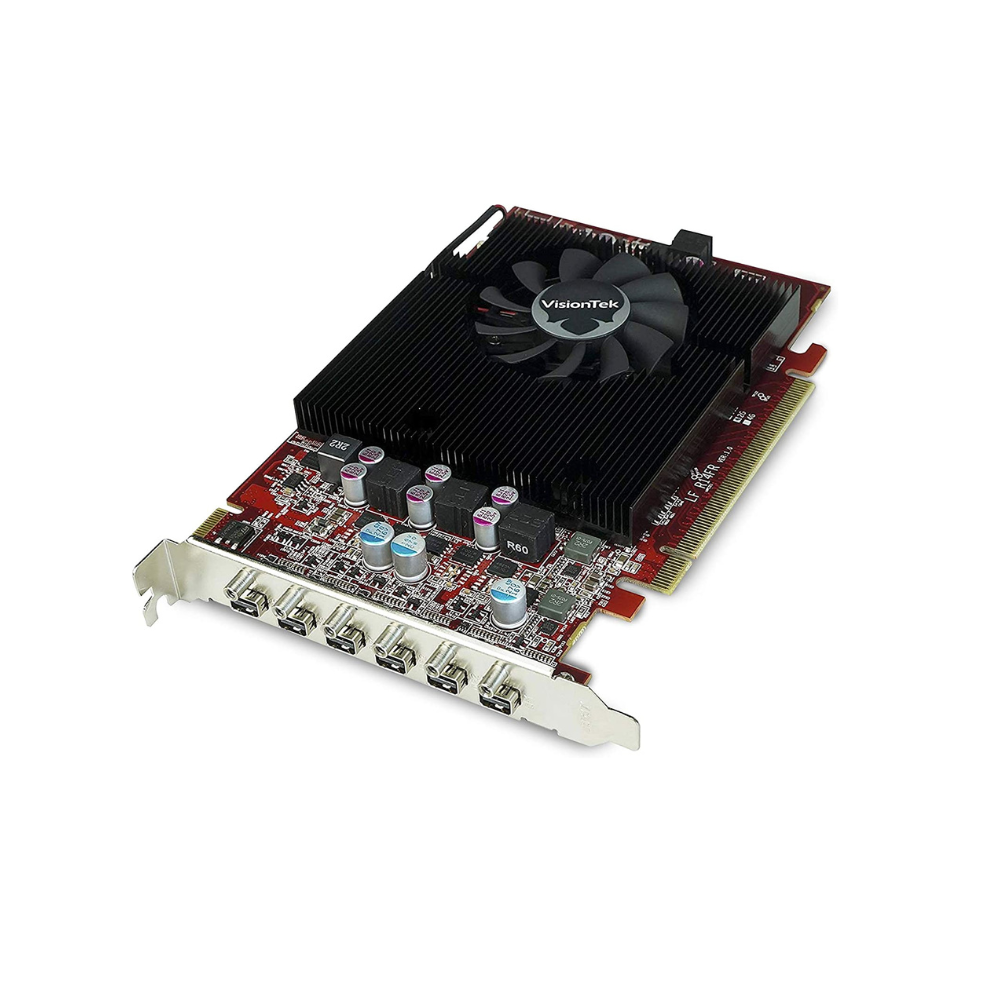
VisionTek Radeon 7750 2GB GDDR5 Graphics Card
6 Mini DisplayPort Outputs, AMD Eyefinity 2.0, PCI Express 3.0 Video Card, 7.1 Surround Sound - 900614
When comparing Nvidia GPUs to AMD's offerings, AMD stands out with its highly specialized graphics cards that offer unique features catering to specific user needs.
The VisionTek Radeon 7750 low-profile graphics card is an excellent choice for those seeking a computer setup with a large multi-monitor configuration. While not designed for gaming, its 512 cores, clocked at 850 MHz, provide ample processing power. The 2 GB GDDR5 VRAM, clocked at 1200 MHz, is more than sufficient for the intended usage.
The standout feature of this GPU is the presence of 6 mini DisplayPorts on the rear, along with various adapters for this smaller video port. These ports allow you to connect up to 6 4K displays simultaneously, making it ideal for multi-monitor setups. Additionally, this GPU doubles as a 7.1 surround sound card, making it a perfect choice for HTPC setups.
The GPU's high clock speeds complement its 2 GB GDDR5 VRAM, clocked at 6008 MHz, ensuring optimal performance. As an overclocked GPU, it comes with a single-fan cooler, resulting in a slightly larger 1.5x slot form factor. On the rear, you will find a DVI-D and HDMI port, limiting the number of displays that can be connected. Similar to the previous Zotac GPU, this EVGA GT 1030 also comes with a 3-year warranty for added peace of mind.
. Utilizes PCI Express 3.0 Bus for compatibility and high-speed data transfer.
. Equipped with 512 CUDA cores for efficient graphics processing.
. Includes 2 GB of GDDR5 VRAM for smooth performance.
. Operates at a base clock speed of 850 MHz, ensuring reliable performance.
. Consumes 55 watts of power, maintaining an optimal balance between performance and efficiency.
. Features a single fan design for effective cooling.
. Occupies a single slot in your system, making it suitable for compact setups.
. Provides 6 x mini DisplayPorts, allowing for multi-monitor setups with up to 6 4K displays
. 3-year warranty included
. Excellent cooling performance thanks to the inbuilt fan.
. The viable choice for an entry-level low-profile GPU.
. Ideal for basic video output requirements.
CONS
. Not a fanless design, which may result in some noise during the operation
4. ZOTAC GeForce GT 1030 2GB GDDR5 Graphics Card
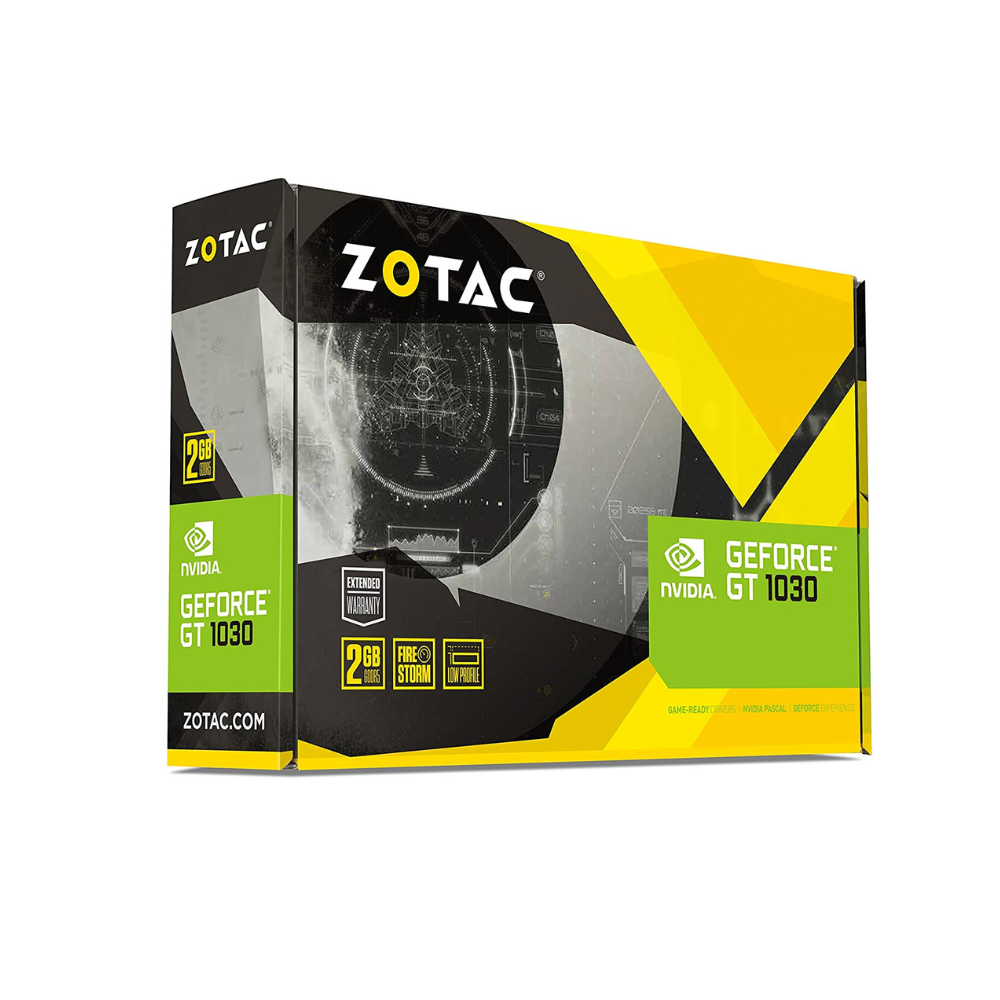
ZOTAC GeForce GT 1030 2GB GDDR5 Graphics Card
64-bit PCIe 3.0 DirectX 12 HDCP Ready Low Profile Video Card ZT-P10300A-10L
Zotac is renowned for offering GPUs that provide excellent value for money, delivering decent performance without the hefty price tag. This makes them an ideal choice for most computer users.
The Zotac GeForce GT 1030 low-profile graphics card claims the top spot on this list due to its impressive balance between gaming capabilities and basic video output. With 384 CUDA cores running at a base clock of 1227 MHz and a boost clock of 1468 MHz, this GPU delivers a solid performance.
Despite having 2 GB of VRAM, the GDDR5 memory type with a clock speed of 6000 MHz ensures high-performance output. Zotac has also incorporated a fan into the design to maintain optimal performance and prevent thermal throttling.
On the rear of the GPU, you'll find a VGA and HDMI port, which may be somewhat limited for certain users' needs. However, Zotac ensures durability by offering a 3-year warranty, providing added peace of mind.
. Utilizes PCI Express 3.0 Bus for fast and efficient data transfer.
. Features 384 CUDA cores for reliable graphics processing.
. Equipped with 2 GB of GDDR5 VRAM for smooth performance
. Operates at a base clock of 1227 MHz and a boost clock of 1468 MHz, ensuring good overall performance.
. Consumes only 30 watts of power, making it energy-efficient.
. Designed with a single fan for effective cooling.
. Occupies a single slot in your system, suitable for compact setups.
. Provides 1 x VGA and 1 x HDMI port for versatile connectivity options.
. 3-year warranty included.
. Suitable for entry-level PC gaming.
. Compact design with an integrated fan for efficient cooling.
. High-performance GDDR5 VRAM.
CONS
. Limited port selection, may not meet the requirements of some users.
5. MSI GT 1030 2GD4 LP OC Graphics Card
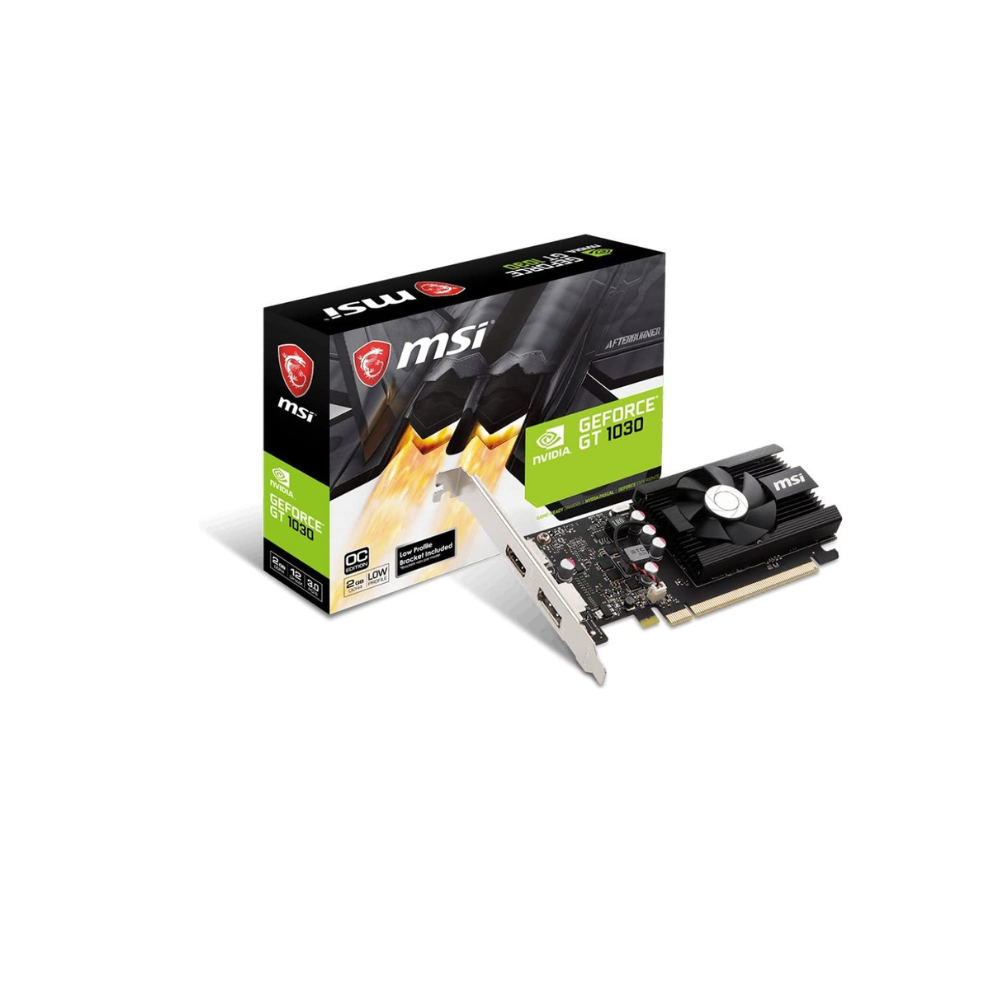
MSI GT 1030 2GD4 LP OC Graphics Card
MSI GT 1030 2GD4 LP OC Computer Graphics Cards
MSI is a renowned global brand known for its advanced gaming laptops and long-lasting products. They offer a wide range of computer components, including low-profile graphics cards.
This particular graphics card from MSI features a memory speed of 1518 MHz and 2GB GDDR4 video memory, ensuring fast and seamless performance. The memory clock of 6000 MHz further enhances its capability to handle high-end games and resource-intensive software.
With the integration of the latest Nvidia architecture, you can expect long-term support and regular updates, providing you with an up-to-date gaming experience.
Efficient cooling is a standout feature of this graphics card. Despite its small fan size, the sturdy design and solid capacitors effectively dissipate heat, allowing for extended usage without overheating. The large heatsink ensures a noise-free operation, ensuring an immersive gaming or professional computing experience.
Connectivity options include DisplayPort and HDMI ports, enabling easy and quick installation on PCs or laptops. The package includes the necessary cables, connectors, and a quick installation guide to facilitate a hassle-free setup.
While the warranty period is not explicitly mentioned, MSI typically offers a 3-year warranty from the date of purchase, providing added peace of mind for users.
. Utilizes PCI Express 3.0 bus technology
. Equipped with 2 GB GDDR4 VRAM
. Operates at a memory speed of 1518 MHz and a memory clock of 6000 MHz
. Requires 30 watts of power consumption
. Features a single fan design for cooling
. Provides connectivity options with one DisplayPort and one HDMI port
. Offers decent performance
. Equipped with a sturdy fan for efficient cooling
. Operates quietly
CONS
. the Limited number of ports available
Buying Guide for the Best Low-Profile Graphics Cards
When it comes to low-profile graphics cards, there are several factors to consider to ensure you get the best one for your needs. Here's a buying guide to help you make an informed decision:
By considering these factors, you can choose the best low-profile graphics card that meets your specific needs and provides an optimal balance between performance, compatibility, and price.
If you're not planning to engage in extensive gaming on your computer, but still require a graphics card for tasks like connecting multiple displays or basic graphic-intensive work, opting for one of the best low-profile graphics cards mentioned above would be an excellent choice.
Considering their impressive features and the comprehensive buying guide provided earlier, you should have found the right low-profile graphics card for your needs. However, if you're still undecided, we have a couple of ideal recommendations for you:
For gamers who desire a low-profile GPU, the Gigabyte GTX 1650 is an excellent option. Despite being a double-slot graphics card, it maintains a compact form factor with its single-fan design. With 4 GB of VRAM and a boost clock speed of 1740 MHz, this card delivers great performance at an attractive price point.
If you're on a tight budget but still require a low-profile graphics card for your compact computer, consider the Zotac GT 710. It offers 1 GB of VRAM and a boost clock speed of 950 MHz. This GPU primarily focuses on video output and features VGA, DVI-D, and HDMI ports on the back.
When it comes to video output versatility, the VisionTek Radeon 7750 is an excellent choice. It provides a total of 6 mini DisplayPort on the back, making it ideal for use with multiple monitors. With 2 GB of VRAM and a respectable boost clock speed of 850 MHz, this card offers decent performance as well.
By considering these recommendations and their respective specifications and performance, you can select the best low-profile graphics card that suits your requirements. Enjoy the benefits of enhanced display connectivity and basic graphics-intensive tasks with these top-notch options.
Frequently Asked Questions About The Best Low-Profile Graphic Cards
A low-profile graphics card is a compact-sized graphics card designed to fit into slim or small form factor computer cases. These cards are specifically made for systems with limited space and offer a balance between performance and size.
Yes, low-profile graphics cards can handle gaming, but their performance may vary depending on the specific model and the requirements of the game. Entry-level low-profile graphics cards are suitable for casual or older games, while higher-end models can handle more demanding titles at lower settings.
Consider the following factors when choosing a low-profile graphics card:
. Form factor compatibility with your computer case.
. Power requirements and compatibility with your power supply unit.
. Desired level of performance for gaming or graphic-intensive tasks.
. GPU model, memory capacity, and clock speeds.
. Connectivity options and the number of video outputs.
. Cooling efficiency and noise levels.
. Budget and price range.
Low-profile graphics cards can range in price depending on their performance and features. Entry-level models are generally more affordable, while higher-end options with more powerful GPUs and greater memory capacity tend to be more expensive. Set a budget and compare different options to find one that suits your needs.
More On Computers ⬇🔍⬇
